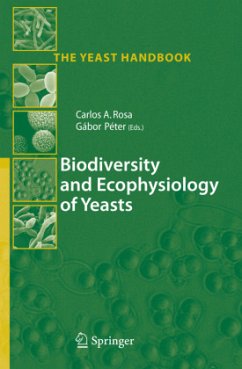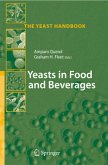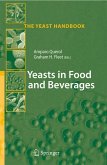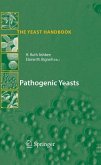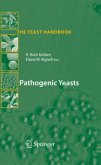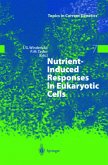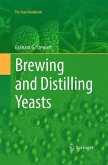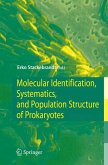In the last few decades more and more yeast habitats that were not investigated earlier, spanning cold climates to tropical regions and dry deserts to rainforests, have been explored. As a result, a large body of ecological data has been accumulated and the number of known yeast species has increased rapidly. This book provides an overview of the biodiversity of yeasts in different habitats. The recent advances achieved by the application of molecular biological methods in the field of yeast taxonomy and ecology are also incorporated in the book. Wherever possible, the interaction between yeasts and the surrounding environment is discussed.
From the reviews: "This is an excellent book without any serious competition. The chapters range from practical to theoretical, from covering biomes and regions to analysing metabolism and genomics. I was particularly pleased to see a chapter on yeast-invertebrate associations ... . The book has authenticity by using many of the world's leading researchers and I would advise all institutions covering microbial biodiversity or fungal biology to acquire this book." (Alan Wheals, Microbiology Today, November, 2006) "The editors of this book ... 'provide a useful overview of the biodiversity and ecophysiology of yeasts, and that it will stimulate efforts in yeast biodiversity research'. ... Overall, the standard of illustrations and tables is generally very good ... . To sum up: this is a book that is sure to occupy a prominent place on my bookshelf and has already been employed as a valuable source of information on numerous occasions." (A. Buddie, Bibliography of Systematic Mycology, Vol. 12 (5), 2008)

